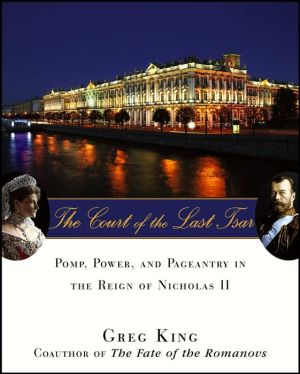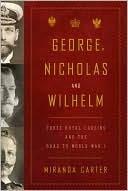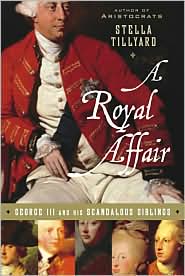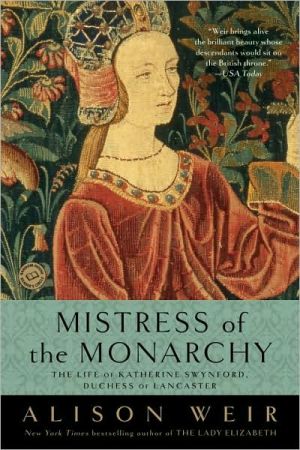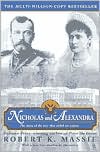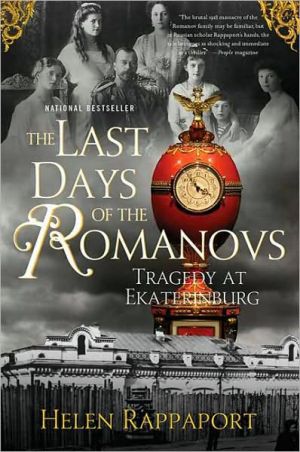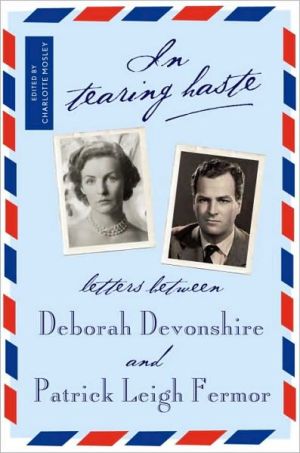Court of the Last Tsar: Pomp, Power and Pageantry in the Reign of Nicholas II
Praise for The Court of the Last Tsar\ "Any book by Greg King is a book to be kept and savored. He has not only given us a fresh, clear-eyed, and often startling new look at the life of the last Romanovs, but also lived up to the promise of his title. He has shown us how the whole enterprise worked, from Tsar Nicholas to his lowest cook and chambermaid. This book is a great work of scholarship—and a wonderful read."\ —Peter Kurth, author of Tsar: The Lost World of Nicholas and Alexandra and...
Search in google:
It was the most magnificent court in Europe—a world of fairy-tale opulence, ornate architecture, sophisticated fashion, extravagant luxury, and immense power. In the last Russian imperial court, a potent underlying mythology drove its participants to enact the pageantry of medieval, Orthodox Russia—infused with the sensibilities of Versailles—against a backdrop of fading Edwardian splendor, providing a spectacle of archaic ceremonies carefully orchestrated as a lavish stage upon which Nicholas II played out his tumultuous reign.While a massive body of literature has been devoted to the last of the Romanovs, The Court of the Last Tsar is the first book to examine the people, mysteries, traditions, scandals, rivalries, rituals, and riches that were part of everyday life in the last two decades of the Romanov dynasty. It is as difficult for the twenty-first-century mind to imagine the pomp and splendor that accompanied the tsar and his family everywhere they went as it was for the simple Russian peasant toiling a thousand miles from St. Petersburg. This stunningly illustrated volume removes the mystery with twenty-four pages of breathtaking color photos; more than eighty black-and-white photos; floor plans of the tsar's Winter Palace, the Alexander Palace, and the Grand Kremlin Palace; a map of St. Petersburg; and plans of the imperial parks at Tsarskoye Selo and Peterhof.This eye-popping tour of hedonistic imperial Russia on the edge of oblivion draws on hundreds of previously unpublished primary sources, including memoirs, personal letters, diary entries, and official documents collected during author Greg King's fifteen years of research in Russia and elsewhere in Europe. It invites you to experience dozens of extravagant ceremonies and entertainments attended only by members of the court; exposes the numerous sexual intrigues of the imperial family, including rape, incest, and brazen affairs; and introduces many of the more than fifteen thousand individuals who made the imperial court a society unto itself. Chief among these, of course, was Tsar Nicholas II. He ruled an empire that stretched over one-sixth of the earth's land surface but lacked, according to one courtier, both his father's inspiring presence and his mother's vibrant charm. His wife, Alexandra, was a strong and passionate woman who "never developed the social skills necessary to her rank." Their wedding and the tsar's coronation are two of the most spectacular ceremonies described in this lavish volume.Vetted with care by the last remaining members of the Russian imperial court, The Court of the Last Tsar brings the people, places, and events of this doomed but unforgettable wonderland to vivid and sparkling life. Publishers Weekly This high-end coffee-table book offers a comprehensive look at the lifestyles of the late-czarist rich and famous. King (The Fate of the Romanovs) includes chapters on major czarist institutions like the Russian Orthodox Church, but this is not his main interest; instead, he focuses on imperial ceremonies, palaces and the fashions of Nicholas's court, as well as sexual scandals involving members of the Romanov family. King has a vast knowledge of the subject, and those who are fascinated by the life of the royals and aristocratic intrigue will find much to delight in; for instance, his description of czarist royal jewelry and the magnificence of Russian balls, even as the regime was soon to crumble, adds to our understanding of how myopic the regime was. The photographs, both color and b&w, add to the book's appeal. King has made valuable use of memoirs from the era, but sometimes he uses them uncritically. But for those who are intrigued by the Russian high court, there is no better escort. (Mar.) Copyright 2005 Reed Business Information.
Click to read or download
Author’s Note. Introduction. Prologue: St. Petersburg. PART ONE: PERSONAGES. 1. The Last Tsar. 2. The Imperial Family. 3. A Rival Court. 4. The Romanovs. 5. The Russian Court. 6. Below Stairs at the Palace. 7. The Military. 8. The Aristocracy. 9. The Russian Orthodox Church. PART TWO: PALACES. 10. The Winter Palace. 11. Tsarskoye Selo. 12. Peterhof. 13. The Moscow Palaces. PART THREE: POSSESSIONS. 14. Imperial Riches. 15. Fashion at the Russian Court. 16. Jewelry, Regalia, and Objets d’art. 17. Imperial Transportation. 18. Country Estates. PART FOUR: PAGEANTRY. 19. Imperial Ceremonies. 20. An Imperial Funeral. 21. An Imperial Wedding. 22. The Coronation. 23. The Tercentenary. PART FIVE: PLEASURES. 24. Imperial Balls. 25. State Visits. 26. The Crimea. 27. The Last Season. Epilogue: July 20, 1914: The Beginning of the End. Acknowledgments. Appendix A: Family Tree of Nicholas I. Appendix B: Organizational Chart of the Russian Imperial Court. Appendix C: The Imperial Court in 1914. Appendix D: Palace Floor Plans. Appendix E: Maps of the Imperial Estates. Appendix F: Map of St. Petersburg. Notes. Bibliography. Index.
\ From the Publisher"...so completely approached the ear from a cultural standpoint...great companion to Russian Revolution and Nicholas and Alexandra collections in all libraries." (Library Journal, February 15, 2006)\ "...for those who are intrigued by the Russian high court, there is no better escort." (Publishers Weekly, November 28, 2005)\ "…fascinating, exotic, indispensable." ( The Sunday Telegraph, December 2006)\ \ \ \ \ \ \ Publishers WeeklyThis high-end coffee-table book offers a comprehensive look at the lifestyles of the late-czarist rich and famous. King (The Fate of the Romanovs) includes chapters on major czarist institutions like the Russian Orthodox Church, but this is not his main interest; instead, he focuses on imperial ceremonies, palaces and the fashions of Nicholas's court, as well as sexual scandals involving members of the Romanov family. King has a vast knowledge of the subject, and those who are fascinated by the life of the royals and aristocratic intrigue will find much to delight in; for instance, his description of czarist royal jewelry and the magnificence of Russian balls, even as the regime was soon to crumble, adds to our understanding of how myopic the regime was. The photographs, both color and b&w, add to the book's appeal. King has made valuable use of memoirs from the era, but sometimes he uses them uncritically. But for those who are intrigued by the Russian high court, there is no better escort. (Mar.) Copyright 2005 Reed Business Information.\ \ \ Library JournalSince the fall of the USSR, many writers have covered the Russian Revolution and the Romanovs. None, however, has so completely approached the era from a cultural standpoint as King (The Fate of the Romanovs). He delves deep to display and study the people, places, and pageantry of the Russian court and to illuminate this "insular universe" whose very nature in turn explains many of the issues that brought about the Russian Revolution. In pointing out that after the revolution, Olga, sister of Nicholas II (who ruled from 1894 to 1917), bemoaned the "decay that hung over the dynasty as it entered the twentieth century," King does not connect the dots to the personalities involved in Russia's revolutionary activity, but he need not. His revelations of the pleasures and possessions of the imperial court draw a clear picture of the rot from within. This volume, filled with many color and black-and-white illustrations (not seen), fills the gaps created by purely political and historical treatments of the era. Orlando Figes's Natasha's Dance: A Cultural History of Russia comes the closest to the domain of King's book, which is much more thorough and strays less into the distant past. A great companion to Russian Revolution and Nicholas and Alexandra collections in all libraries.-Harry Willems, Southeast Kansas Lib. Syst., Iola Copyright 2006 Reed Business Information.\ \
